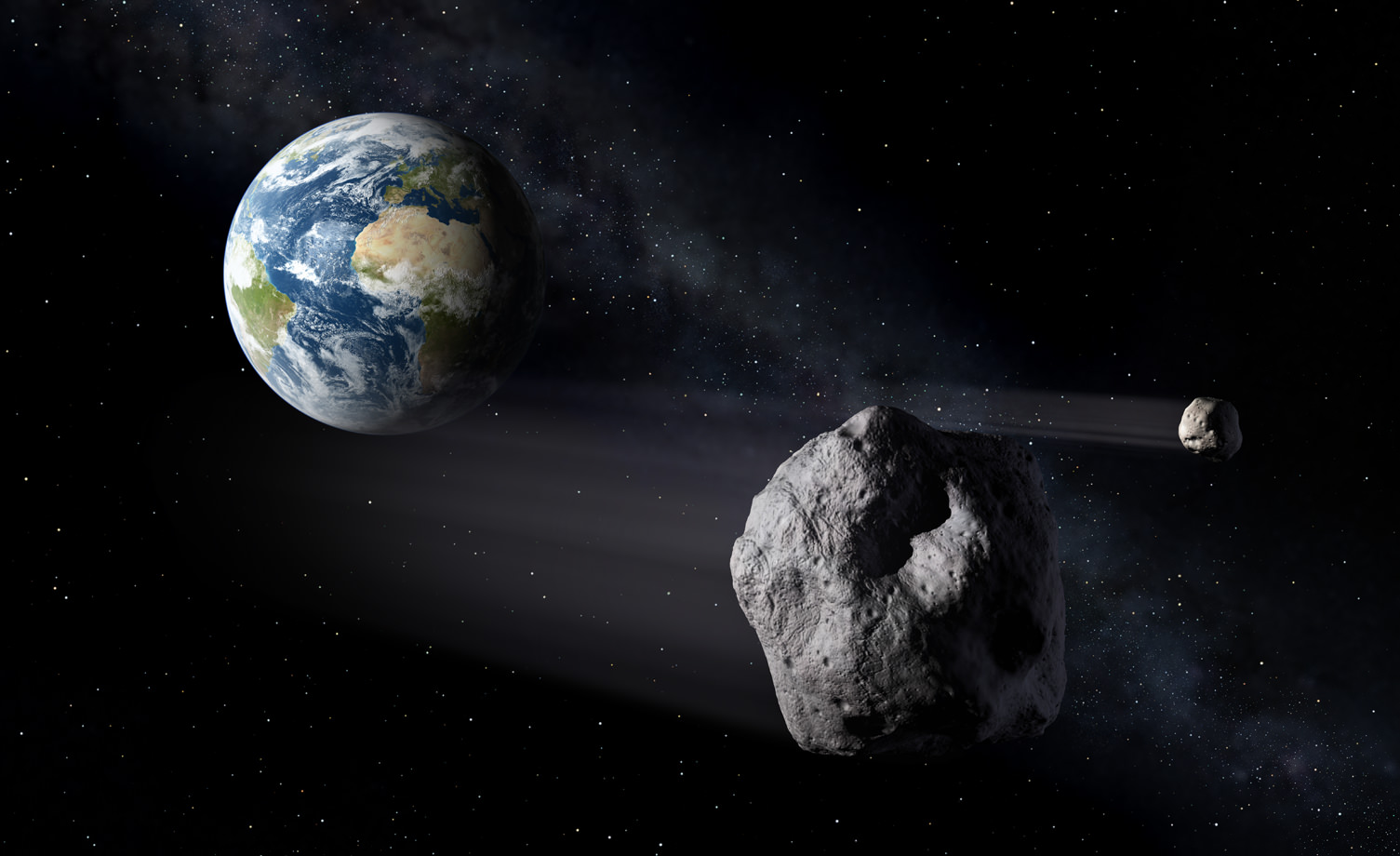Today, on the 11th anniversary of the World Trade Center attack, countless hearts and minds will be reflecting upon a day that changed our world forever and remembering those who lost their lives in the tragic collapse of the twin towers. Memorial events will be held in many locations around the planet… and even, in a small yet poignant way, on another planet. For, unknown to many, two pieces of the World Trade Center are currently on the surface of Mars: one affixed to the rover Spirit, now sitting silently next to a small rise dubbed “Home Plate”, and the other on its sister rover Opportunity, still actively exploring the rim of Endeavour crater.
Even more than scientific exploration tools, these rovers are also interplanetary memorials to all the victims of 9/11.
(The following is a repost of an article first featured on Universe Today in 2011, on the 10th anniversary of 9/11.)
In September of 2001 workers at Honeybee Robotics in lower Manhattan were busy preparing the Rock Abrasion Tools that the twin rovers Spirit and Opportunity would each be equipped with, specialized instruments that would allow scientists to study the interiors of Martian rocks. After the World Trade Center attacks occurred, the company wanted a way to memorialize those who had lost their lives.
Through what was undoubtedly some incredibly skillful use of contacts, Honeybee founder and MER science team member Stephen Gorevan – on a suggestion by JPL engineer Steve Kondos and with help from the NYC mayor’s office and rover mission leader Steve Squyres – was able to procure two pieces of aluminum from the tower debris. These were fashioned into cylindrical cable shields by a contracted metal shop in Round Rock, Texas, and had American flags adhered to each by Honeybee engineer Tom Myrick.
 The image above, taken in 2004, shows the cable shield with American flag on the Rock Abrasion Tool attached to Spirit. At right is an image of the flag shield on Opportunity, acquired on September 11, 2011.
The image above, taken in 2004, shows the cable shield with American flag on the Rock Abrasion Tool attached to Spirit. At right is an image of the flag shield on Opportunity, acquired on September 11, 2011.
The rovers were launched in the summer of 2003 and have both successfully operated on Mars many years past their planned initial mission timelines. Spirit currently sits silent, having ceased communication in March 2010, but Opportunity is still going strong in its exploration of the Martian surface.
“It’s gratifying knowing that a piece of the World Trade Center is up there on Mars. That shield on Mars, to me, contrasts the destructive nature of the attackers with the ingenuity and hopeful attitude of Americans.”
– Stephen Gorevan, Honeybee Robotics founder and chairman
These memorials will remain on Mars long after both rovers have ceased to run, subtle memorials to thousands of lives and testaments to our ability to forge ahead in the name of hopefulness and discovery.
Original source: OnOrbit.com
Image credit: NASA / JPL-Caltech

Photo of Manhattan taken from orbit on September 11, 2001. (NASA)






